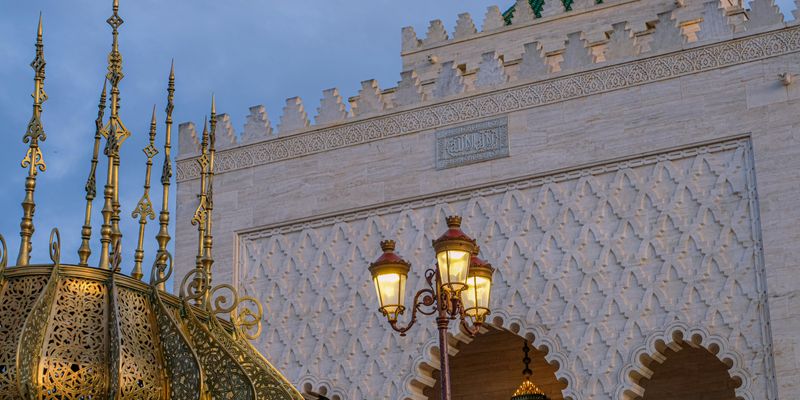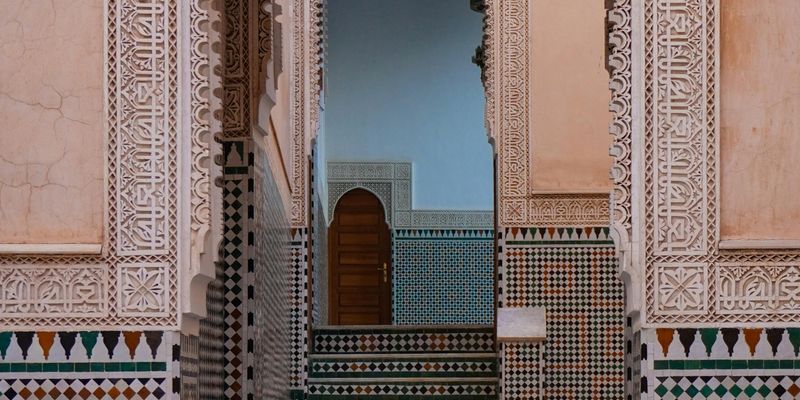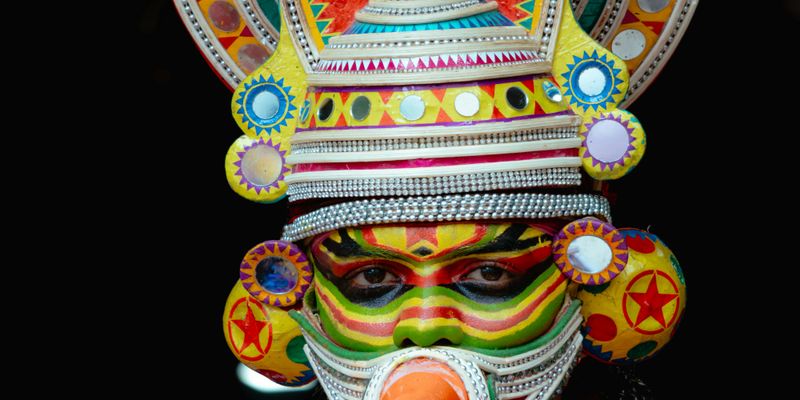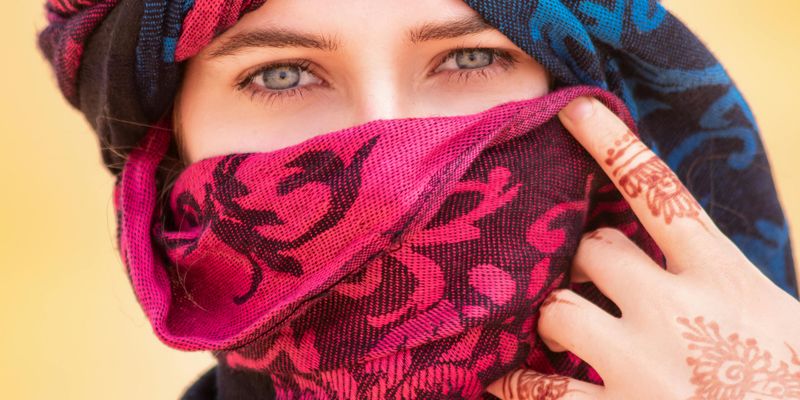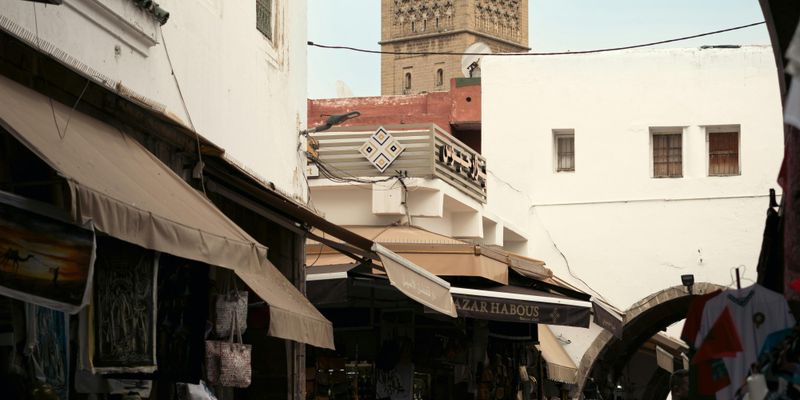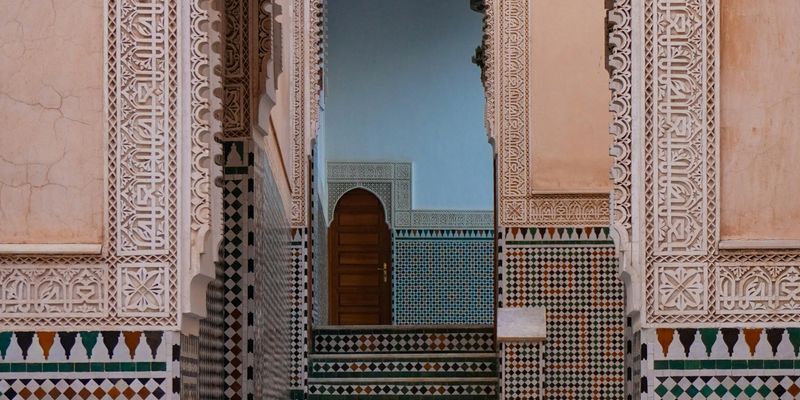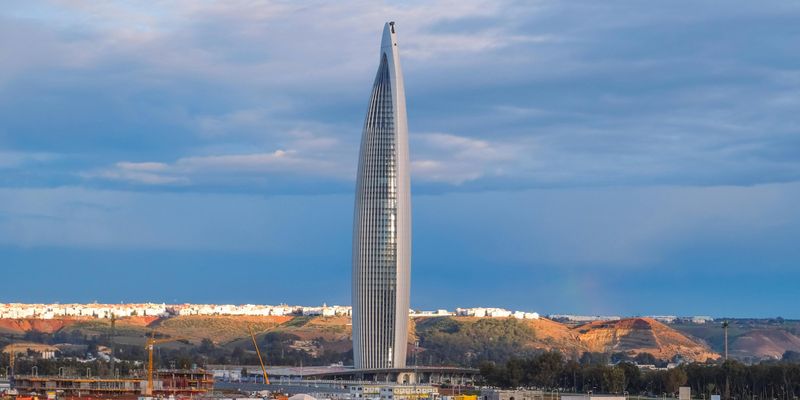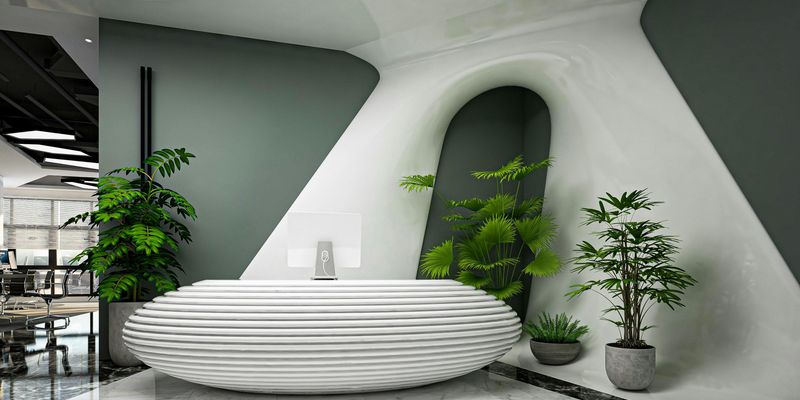
Why Art in Morocco is a Vibrant Reflection of Its Soul
As I wander through the bustling streets of Marrakech or the tranquil alleys of Essaouira, I am often captivated by the colorful murals, intricate mosaics, and handwoven textiles that tell stories of a rich cultural heritage. Art in Morocco is not just a form of expression; it is a vibrant reflection of the nation’s soul, infused with history, tradition, and a spirit of creativity that resonates deeply within its people.
The Fusion of Cultures
Morocco, positioned at the crossroads of Europe and Africa, has seen a blend of influences over centuries—from Berber, Arab, and Andalusian to French and Spanish. This rich juxtaposition is vividly represented in Moroccan art. Take, for example, the stunning craftsmanship found in traditional zellige tiles. The intricate geometric patterns tell tales of the ancient artisans who spent years perfecting their skills, and every piece resonates with a story, connecting the past to the present.
Artisan Traditions: A Living Heritage
Visiting a local souk (market) is an invitation to engage with the artisans whose traditions have been passed down through generations. In cities like Fez and Chefchaouen, you can see craftspeople hand-painting ceramics or weaving carpets known as kilims. These are not mere products for sale; they are deeply rooted in local culture. Each kilim, with its unique designs and colors, often tells the story of the weaver’s family, experiences, and even aspirations.
A Canvas of Colors: Contemporary Expressions
While traditional art forms remain a mainstay, Morocco's contemporary art scene continuously evolves, reflecting the touch of global influences and modern themes. Art galleries in cities like Casablanca showcase the works of burgeoning Moroccan artists who effectively merge modern techniques with local traditions. This contrasts beautifully with the historical art scene, showcasing how traditions can transcend time, adapting to new movements while retaining their roots.
Street Art: A Voice of the People
Walking through the streets of Marrakech, one cannot help but notice the sprawling murals that adorn various buildings. Street art has emerged as a vibrant platform for local voices and expressions. Artists use public spaces to address social issues, celebrate local culture, and create awareness about contemporary issues. These murals transform everyday life into an open-air gallery and provide a fresh perspective on the Moroccan narrative.
Festivals Celebrating Creativity
Moroccan art also springs to life during festivals that celebrate local culture and creativity. Events such as the Festival International du Film d'Argel or the Marrakech Biennale draw artists, filmmakers, and enthusiasts from around the world. These festivals not only showcase the work of established artists but also provide a platform for emerging talents, celebrating both the past and the future of Moroccan art.
Conclusion: The Heartbeat of Morocco
Art in Morocco is much more than aesthetic value; it serves as a lens through which we can understand the complexities of Moroccan identity and heritage. Every stroke of a brush or chisel into clay is a dialogue between times, places, and cultures. As I share these beautiful details of my home with you, I hope you too can appreciate the layers of meaning and emotion conveyed through the vibrant tapestry of Moroccan art. It is a feast for the eyes and a celebration of the country's deep-rooted soul.
